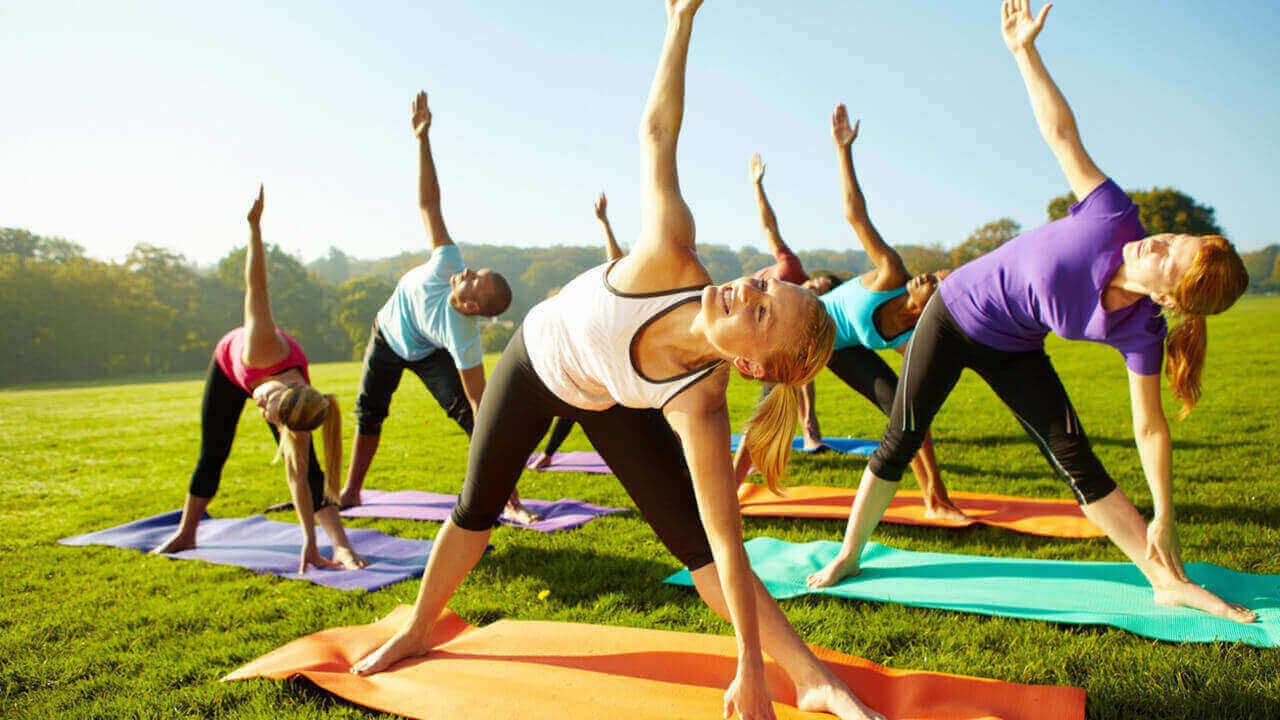

The physical practice of yoga dates back thousands of years to India, where sages used the postures to care for their bodies. Yoga involves a series of exercises that can improve flexibility, muscular strength and stamina.
A key part of yoga is the focus of connecting breath with movement, which can help with relaxation.
Our bodies are wired with a nervous system that has two sides. There is the sympathetic nervous system, which is commonly called the “flight or fight” system. The other side is the parasympathetic nervous system, which allows our bodies to rest, relax, digest and heal.
As a result of the stressful world we live in today, our bodies spend too much time in the sympathetic nervous system, which may be linked to many chronic illnesses. Those illnesses include:
When we learn to “turn off” the sympathetic nervous system and “turn on” the parasympathetic nervous system, our bodies can relax, rest and recover.
It is very important to pay attention to your own body and work at your own pace. If a yoga pose feels too intense or is painful, stop. Yoga should never be painful. Simply skip that pose or ask your teacher to show you a modification.
You might find your yoga class is filled with students of all levels and abilities. Don’t be intimidated by other students who seem to have extreme strength and flexibility. Remember that he or she may have been practicing yoga for years and was once a beginner, just like you. Yoga is not a competition. Don’t be afraid to ask questions.
A key part of yoga is the focus of connecting breath with movement, which can help with relaxation.
Our bodies are wired with a nervous system that has two sides. There is the sympathetic nervous system, which is commonly called the “flight or fight” system. The other side is the parasympathetic nervous system, which allows our bodies to rest, relax, digest and heal.
As a result of the stressful world we live in today, our bodies spend too much time in the sympathetic nervous system, which may be linked to many chronic illnesses. Those illnesses include:
- Hypertension
- Metabolic problems
- Insomnia
- Cancer
- Depression
- Anxiety
When we learn to “turn off” the sympathetic nervous system and “turn on” the parasympathetic nervous system, our bodies can relax, rest and recover.
How do you start a yoga regimen?
All you need is a yoga mat, comfortable clothes and an open mind! Most gyms offer yoga classes, but if you prefer to stay home, follow along with Prevea here or you can easily find yoga videos online or through many local retailers. Look for key words including “gentle yoga,” “yoga for beginners” or “yoga for relaxation.”It is very important to pay attention to your own body and work at your own pace. If a yoga pose feels too intense or is painful, stop. Yoga should never be painful. Simply skip that pose or ask your teacher to show you a modification.
You might find your yoga class is filled with students of all levels and abilities. Don’t be intimidated by other students who seem to have extreme strength and flexibility. Remember that he or she may have been practicing yoga for years and was once a beginner, just like you. Yoga is not a competition. Don’t be afraid to ask questions.



